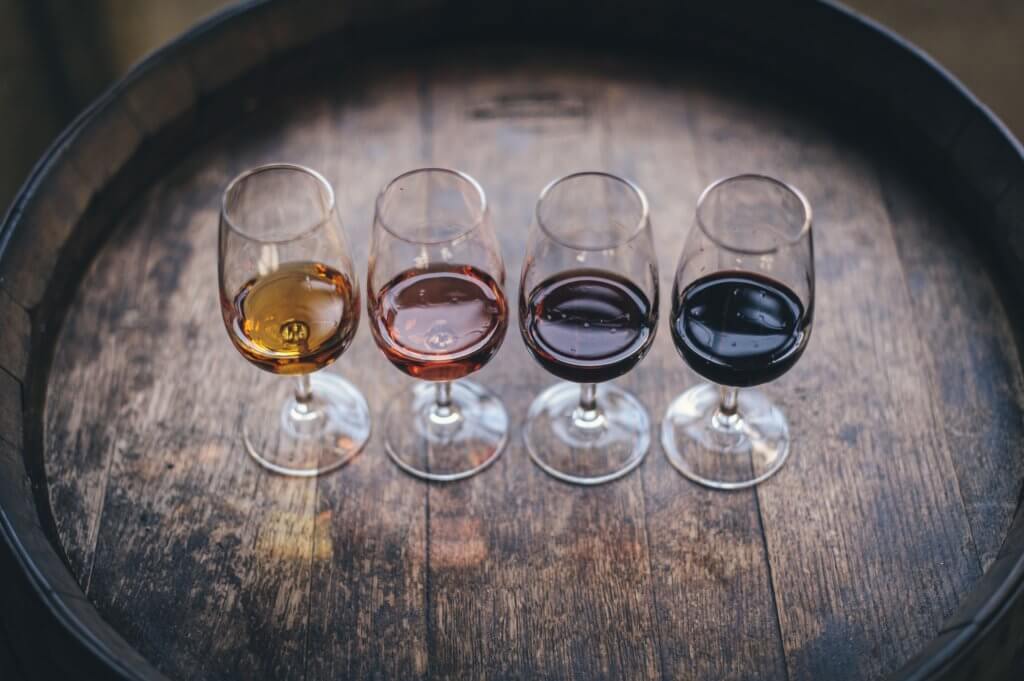KELOWNA, British Columbia — Visiting a winery can be an unforgettable experience filled with distinct and surprising flavors and aromas, but new research out of Canada finds a whole lot more goes into the “winery experience” than just what’s in your glass.
Researchers from the University of British Columbia’s Okanagan campus came to these findings after performing a comprehensive review of consumer behaviors and branding, with a particular emphasis placed on luxury brands, fashion brand experiences, wineries, and wine tourism.
Led by Professor Annamma Joy from UBCO’s Faculty of Management, study authors analyzed several Okanagan wineries over a period of three years in order to document the experiences of visitors. Wineries all over British Columbia welcome over one million visitors annually. Now, this latest work indicates guests are judging far more than just what is in their glass.
To conduct this project, study authors detailed a number of items including the material features of each winery and the sensorial theme (music and lighting). They were sure to account for everything, including the landscape, architecture, views from the windows, layout of the store, and the physical space of the tastings. The team even considered social interactions between staff and customers.
According to the study, each one of those elements are subjectively perceived, ultimately working together in the co-creation of “affective atmospheres” that are central to the success of a winery.
“We confirmed that a winery consumer’s experience is individual and shaped, in part, by their knowledge of wine and understanding of preference,” Dr. Joy says in a university release. “Not only is the experience influenced by the aesthetics of the winery, the service received and the wine itself, but also by differences between novices, experts and enthusiasts.”

According to Dr. Joy, this work holds major implications for winery operators attempting to develop the ideal consumer experience. For example, guests with a high level of wine expertise may see sensory stimulation and social interactions with other experts as more important to the visit than others.
“Wineries that consider the dynamic interaction between customer’s orientation and their level of expertise may create more positive experiences,” Dr. Joy explains. “Overall, it is clear that staff being themselves and being sensitive to specific visitor needs and making them feel welcome, is crucial for visitor appreciation of the winery.”
These findings highlight the importance of a holistic approach when attempting to achieve consistency across material features, sensorial modalities, and social interactions of a winery.
“By recognizing the interplay of these elements, retailers can strategically design their spaces and interactions to cultivate specific emotional experiences for their customers,” Joy adds.
Of course, these insights may prove useful for retailers outside of the wine industry as well.
“Experience-driven and knowledge-based industries where there are discernible differences between novices, experts and enthusiasts may consider how to—through their retail atmospherics—respond according to these needs and expectations.”
So what exactly is necessary for a first-time customer to experience a sense of belonging while visiting a winery?
“The answer is quite simply connection,” the study author concludes. “People desire connection to enhance their experience, and wineries need staff members who are prepared to respond and improvise as needed to strengthen that connection between the customers.”
The study is published in the Journal of Retailing.
You might also be interested in:
- Best Boxed White Wines: Top 5 Summertime Blends, According To Experts
- Best Red Wines Under $20: Top 10 Bottles Most Recommended By Experts
- Best White Wines Under $20 For 2023: Top 5 Bottles Most Recommended By Experts
- Best Wineries In America: Top 5 U.S. Vineyards Most Recommended By Experts

